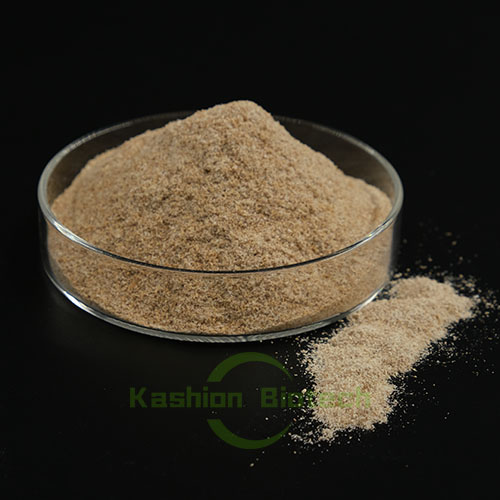
Home Products Sewage Treatment Bacteria Foodstuff Wastewater Treatment Bio Enzyme Nitrifying Live Bacteria
Product Introduction:
|
Product Name |
Bio Enzyme Nitrifying Live Bacteria |
|
Viable Bacteria Content |
20 billion/g |
|
Product Function |
1.Improved Ammonia Nitrogen Removal in Wastewater Treatment Systems |
|
2.It can quickly recover from failures caused by loads and poisons, and reduce the concentration of ammonia nitrogen in the effluent |
|
|
3.Mitigate the impact of increased yield or changes in product composition on system nitrification |
|
|
4.Speed up the start of the nitrification reaction |
|
|
Shelf life |
The shelf life of the product is 2 years if the seal is not opened. |
|
Storage |
It should be stored in a cool, dry and ventilated warehouse to prevent rain, humidity, sunlight and high temperature above 40°C. |

Use Parameters:
Tests have shown that the following physical and chemical parameters are more effective for bacterial growth:
1. pH value: the average range is between 5.5-9.5, and the fastest growth is between 6.6-7.4. Practice has proved that the pH value of 7.1 has the best treatment effect
2. Temperature: It can take effect between 8°C and 60°C. When the temperature is higher than 60°C, the bacteria will die; when the temperature is lower than 8°C, the bacteria will not die, but the cell growth is greatly restricted. The most suitable temperature is 26°C-32°C
3. Dissolved oxygen: In the aeration tank of sewage treatment, the amount of dissolved oxygen is at least 2 mg/L; the bacteria family with high adaptability will accelerate the metabolism and degradation of target substances by 5~5 in sufficient oxygen. 7 times.
4. Trace elements: Proprietary bacteria will need many elements in their growth, such as potassium, iron, calcium, sulfur, magnesium, etc., usually soil and water sources will contain sufficient amounts of the above elements.
5. Salinity: Applicable in high salinity industrial wastewater, can tolerate up to 6% salinity
6. Anti-toxicity: It can effectively resist chemical toxic substances, including chlorides, cyanides and heavy metals.
NOTE: When contaminated areas contain biocides, their effects on microorganisms should be pre-studied.
Name: Nicole Yu
Mobile:+86 17718148007
Tel:+86 17718148007
Whatsapp:8617718148007
Email:sales@kashionbiotech.com
Add:No.6, Zhanxi Road, Yaohai District, Hefei City, Anhui Province, China.